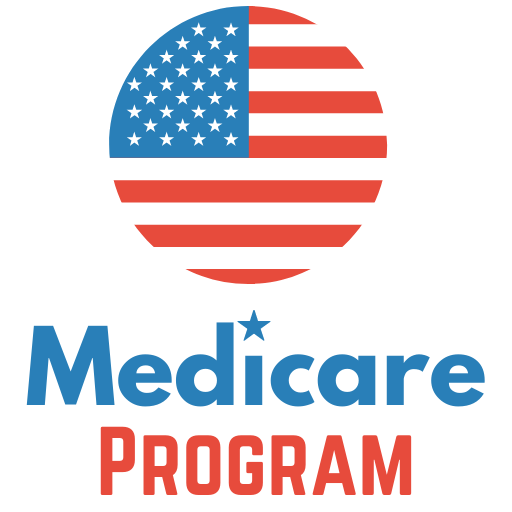
Retiree Health Care Cost Projections Rise (Again)
The Employee Benefit Research Institute (EBRI) has released its latest projections on how much savings Medicare beneficiaries may need for health care expenses in retirement, and it’s a bit of a hoot.
According to EBRI research, some couples, in extreme cases, could need as much as $413,000 to have a 90% chance of having enough money to cover their health care costs in retirement. This would involve, for example, a couple with particularly high expenses on prescription drugs.
Overall, the $413,000 projected savings goal for Medicare beneficiaries to cover premiums, deductibles and prescription drugs in retirement in 2023 represents an increase from the $383,000 savings goal from the previous year .
To have a 90 percent chance of meeting their health care spending needs in retirement, a man will need to have saved $184,000, and a woman will need to have saved $217,000, according to the EBRI report. Meanwhile, couples enrolled in a Medigap plan with average premiums will need to have saved $351,000 to have a 90% chance of covering their medical expenses in retirement.
Whether they face a future with a minimum or maximum level of spending, the results should serve as a wake-up call for people saving for retirement.
“Health care costs in retirement can be considerable and not necessarily a prominent issue for workers,” observed Jake Spiegel, research associate for health benefits and wealth research at EBRI.
To project how much Medicare beneficiaries would need to save to have a reasonable chance of meeting their health spending requirements in retirement, EBRI created a simulation model that allowed for uncertainty due to mortality and performance rates of assets during retirement. This model incorporates recent changes to Medicare Part D enacted by the Inflation Reduction Act of 2022 and tests different assumptions about the Medicare Advantage and Medigap plans that Medicare beneficiaries can purchase. The output of this updated simulation model is the basis of this new report.
Medicare Advantage
While there is significant variation at the individual level, enrollees in Medicare Advantage plans generally have lower savings goals, the report notes.
For example, a male Medicare Advantage enrollee who has average drug spending and is an average user of health services will need to have saved $99,000 to have a 90% chance of meeting health spending requirements in retirement. In contrast, a woman will need to have saved $116,000 to have a 90% chance of having enough to cover her health care costs in retirement.
Couples with average drug costs would need to have saved $189,000 to have a 90% chance of covering their health care costs in retirement. If they had maximum drug expenses, they would need $250,000 to have a 90% chance of covering their expenses.
EBRI notes that savings estimates for Medicare Advantage enrollees with average use of health care services are 34% to 47% lower than for traditional Medicare enrollees who pay a premium average for Medigap Plan G supplemental coverage. However, high users of health care need to save 22% less if they choose a Medicare Advantage plan over traditional Medicare.
Of course, there are downsides to consider, the report further underlines. Medicare Advantage plans, for example, often have limited networks or may require approval before certain drugs or services are covered.
“EBRI’s projection model results indicate that core health care costs for Medicare beneficiaries are high. Although savings targets tend to be lower for Medicare Advantage enrollees compared to enrollees in Medigap, there are significant limitations to be aware of,” Spiegel added.
In terms of sources of payment, Medicare prescription drug enrollees in 2024 will continue to pay 25% of the cost of prescription drugs when they are in the “woman’s hole” for both generic and brand-name drugs, although other forms of cost sharing have increased, notes EBRI.
However, starting in 2025, Medicare Part D out-of-pocket spending will be capped at $2,000 because of a provision in the Inflation Reduction Act of 2022. Generally, starting in 2021, Medicare covered 61% of the cost of health care services for Medicare beneficiaries age 65 and older, while out-of-pocket costs accounted for 12% of the costs incurred and private insurance covered 18%.
Still, “despite the introduction of the Part D out-of-pocket limit, people may have to pay a larger share of their overall health care costs in retirement because of the financial health of the Medicare program and cuts to employment-based retiree health programs,” the EBRI report warns.

Comments are closed.